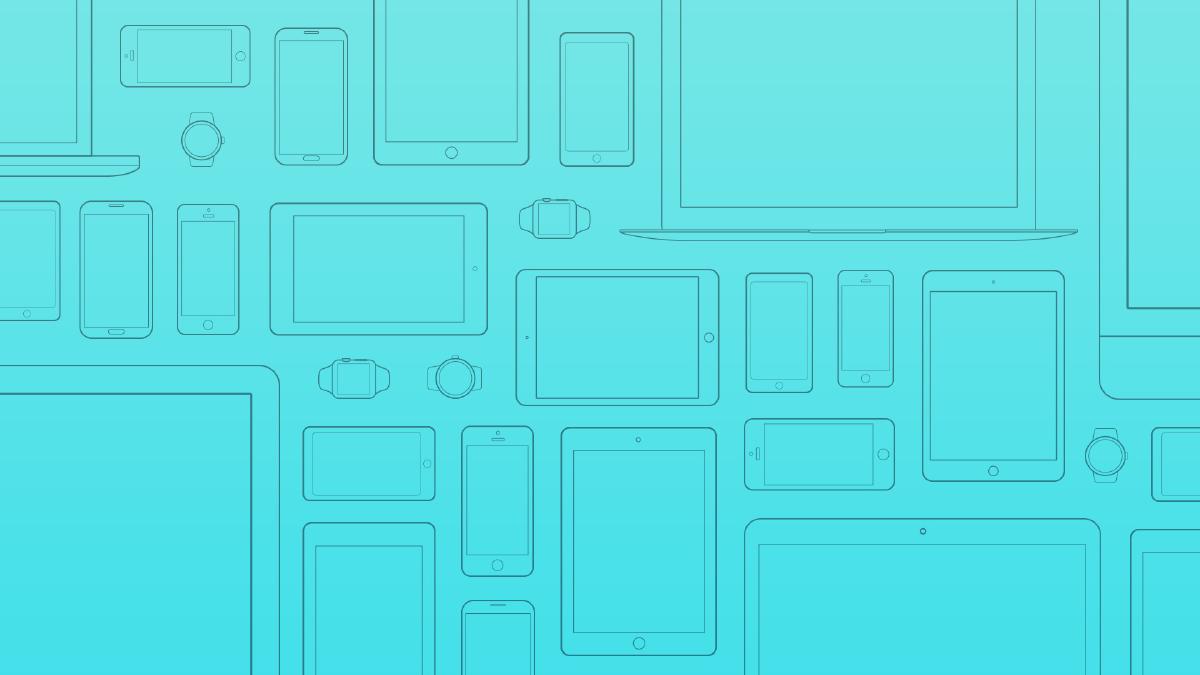Access and Experience

The Web has changed drastically since its inception more than 20 years ago. What was once a simple means of document sharing is now a fundamental part of everyday life, continuing to grow at an accelerated speed. At the heart of this growth is technology, changing the ways in which we access and experience the Web. The following are a few technologies we’re actively experimenting with and watching to see how they shape the future of Web experiences.
Progressive Web Apps
Progressive Web Apps (PWAs) are web applications using modern web capabilities, previously only available in native applications, to deliver an app-like user experience. Features such as background sync, ability to work offline, real-time push notifications, and installation to home screen ensure that PWAs are faster, more reliable, and more engaging than their traditional counterparts.
PWAs offer several advantages to users. They are discoverable via the web, negating the need to visit the app store to search, install, and launch the application. They not only live among native apps on mobile home screens, but they launch in full screen mode without the distraction of the browser. Service Worker ensure PWAs are fast and responsive to user interaction, while also providing the ability to deliver content even when the user is offline or connected to an unstable network. Additionally, there is no need to download updates from an app store, resulting in up-to-date content. And finally, push notifications ensure users remain engaged with the application beyond first-time use.
PWAs are relatively new (Google first introduced them in 2015), but are already seeing successful early-adoption by companies such as Lyft, West Elm, Alibaba, Flipboard, and more. These companies are adopting PWAs to solve business problems to provide a better experience to their users, all with similar results: increased conversion, efficient acquisition, and the ability to deploy/experiment quickly.
Physical Web
With the boom of Internet of Things (IoT), virtual and augmented reality (VR/AR), and increased accessibility to technology, the creative thoughts of humans have brought with them a new age where the gap between imagination and reality is beginning to close. Many of us have heard these buzzwords, but what do they mean for us?
The key to understanding the physical web is recognizing the lack of context we currently have when accessing the Web. In the beginning, our connection to the Web was heavily driven on our thirst to “know more”. For example, if we saw an interesting ad, we’d have to search the web manually or try to install a QR (quick response) code scanner on our phone to learn more. However, the entry into new experiences can now be driven off the full connectivity of the physical space. Bluetooth Low Energy (BLE) beacons, for example, can broadcast information from simple objects in physical space like parking meters, movie posters, or a sample display of fine cheese. The data can be tuned uniquely to provide specific physical and contextual detail to a user’s device. The user can then connect with a web experience tailored exactly to what they are interacting with, be it movie times, allergen information, or statistics. This gives way to new experiences where objects can provide us the context we lack during manual web-based searches.
IoT also provides new contextual data from the physical world. Not only can connected devices be monitored and controlled, but they also offer new ways to engage with the data. Contextual data opens new web entry points such as purchasing flows, for example, by smartly detecting low stock or need for replacement parts. This physical context gives us powerful ways to smartly engage with the world around us.
At the heart of this growth is technology, changing the ways in which we access and experience the Web.
WebGL
WebGL is a JavaScript API which allows supporting web browsers to render 3D content efficiently using hardware acceleration. One of the biggest advantages of WebGL is not requiring any additional plugins, whereas other means of rendering 3D graphics in a web browser do. WebGL has many commercial applications on the web which could easily give companies who use it an advantage over their competitors. Native 3D applications on the web are rare enough that no one expects to find them, which means consumers will usually be impressed and surprised when they do encounter them. Companies selling products online stand to benefit greatly by rendering their products in interactive 3D allowing users to obtain a better idea of the product’s scale, dimensions, and appearance.
The following examples are just a sample of what is possible when using WebGL.
- Nike created a beat-maker featuring a variety of their shoes animated in 3D here
- Heroforge allows users to customize tabletop fantasy characters and have them 3D printed and shipped
- An interactive music video features Ellie Goulding using WebGL
- Sketchfab uses WebGL to allow users can share their 3D creations directly in the browser – one of the most impressive and applicable uses
- Google uses WebGL to allow users to view Google Maps in 3D
- Another great opportunity to use WebGL exists in the Real Estate Industry. A 3D virtual tour will give prospective property buyers more confidence without having to see the property in person.
As internet speeds continue to increase, streaming high fidelity models on the web is becoming more accessible for larger audiences. A great number of industries are missing out by not including WebGL as a progressive enhancement to their websites.
WebVR
WebVR is a new technology allowing VR developers to target a wider audience by delivering content via a web browser. Available as a JavaScript API, WebVR provides the movement and position of a device, as data, available for a developer to tap into. By targeting a platform as common as the web, developers can leverage this API to bring virtual environments alive within their applications.
VR technology can be used for many types of experiences — gaming, virtual product or home tours, and interactive training applications just to list a few. Traditionally, content for VR devices is only offered through focused download pages or VR-content-specific sites preventing a seamless experience for the user. However, with WebVR, developers can now provide content that is easier to distribute and access by their users. Current websites and web applications now have the option of hosting VR experiences alongside traditional content, offering a more explorative and personal level of interaction. For instance, galleries containing pictures of a house for sale can now be accompanied by a WebVR tour inside the house.
To experience VR content, a specialized device has traditionally been required. While the number of devices available to consumers has increased significantly over the past few years, the reality is not everyone owns one of these devices. This severely limits the audience that can engage with VR content. Now, anyone with a mobile device can experience VR. With the web as a target, users can interact with products and take virtual tours anywhere they can access the internet.
Web technology is dramatically evolving how users both access and experience the web. Whether it’s providing more app-like experiences with PWAs or utilizing physical devices that provide us with meaning and context, people are engaging with the Web in entirely new ways. As we see with WebVR and WebGL, these experiences are becoming even more immersive and interactive. These technologies will continue to fuel the growth of the Web making the platform more diverse and rich.

